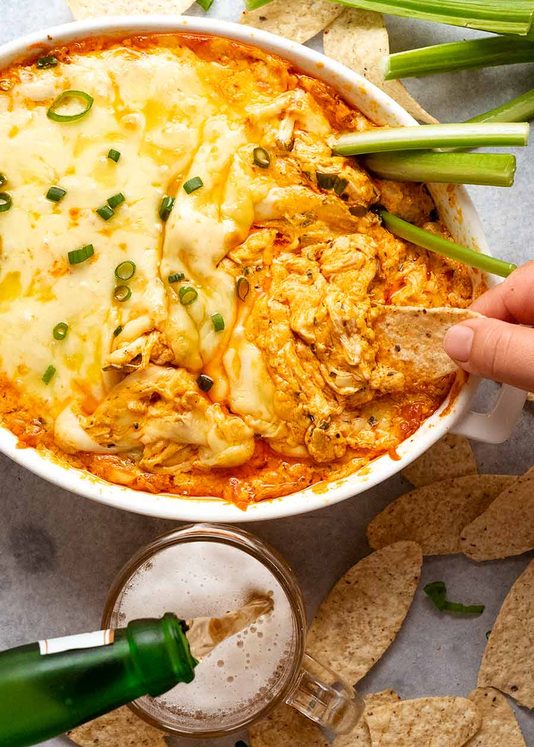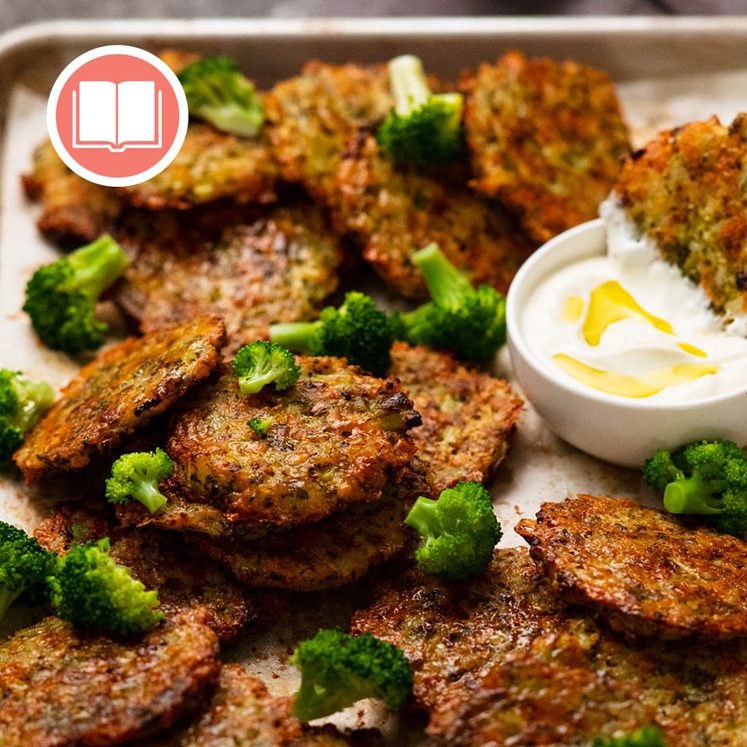The online realm often showcases a harsh side, as seen last spring when a lifestyle page shared a video on a social platform attempting to assist a person long labeled as a “picky eater” to broaden her taste horizons. The video featured her sampling an array of foods—carrots, celery, baba ghannouj, raw onion, and roasted salmon—only to mostly dismiss them, an act that prompted followers to lash out, with some branding her as childish and expressing disdain for her selective eating habits. Yet, amidst the barbs, I, and a few other observant viewers, couldn’t help but ponder the potential underlying food sensory issues at play.
The term “picky eater” is a superficial tag that fails to delve into the myriad of underlying reasons for someone’s selective eating patterns, including possible sensory sensitivities. I imagined how the video could have sparked a meaningful conversation about dietary preferences and the empathy we ought to extend to one another in this regard. Isn’t it about time we honor a polite decline when it comes to food choices, just as we would in any other aspect of bodily autonomy? How does the negative perception of “picky eaters” impact them emotionally and socially?
Reflecting upon the comments, I questioned my own preconceptions about food preferences. As a journalist whose work often involves dining out, I frequently encounter the query, “Any allergies or dietary restrictions to note?” I admit that there’s a tinge of self-congratulation when I reply, “None at all,” as if to say I’m not someone with burdensome dietary needs. This mindset is a privilege, and upon realization, profoundly unfair. Like those harsh commenters, I’ve been guilty of making snap judgments, measuring my unrestricted culinary indulgences against others’ limitations without truly understanding their experiences. In an effort to unpack these biases, I began a journey to learn more, starting with a conversation with my niece.
“My place on the spectrum largely shapes my eating habits,” Rachel shared with me. For her, the texture and aroma of food are paramount. Now 22, she has a limited menu, but she’s been through rigorous feeding programs, and she celebrates each new addition to her diet, like buttered bagels, as a victory. Such tenacity deserves recognition, as do her initial dietary needs.
“The fear of being judged makes me hesitant to disclose my selective eating or my place on the spectrum,” she confided, “but I’m open to discussing it in depth because it’s important for people to understand that my food choices do not define me—my actions, my contributions, who I am, do.” Now a college senior, Rachel has found an understanding community. “While some are surprised, most are supportive. My friends don’t mind.”
And why should they? As my sister Jane says, “What’s the problem if my daughter has a narrow diet but is physically healthy?” Rachel is an adult, making her own way and managing well. “If it’s not broken, why fix it?” they’ve concluded.
Morgan Blair, a licensed clinical counselor and writer for the “Eating Disorders Among Gender-Expansive and Neurodivergent Individuals” blog on Psychology Today, endorses this view. “Unless restrictive eating is causing the individual distress or dysfunction, it’s not necessarily a clinical issue,” she says. Her aim in therapy is to support neurodivergent individuals in finding harmony with their environment, leading to a contented, fulfilling life.
In fact, not every person with food sensory issues has a disorder. Although there’s a link between neurodiversity and eating disorders, there’s also confusion in the medical field, leading to possible misdiagnoses of neurodivergent individuals’ eating habits as pathological. Blair points out that tagging neurodivergent individuals as “picky eaters” unfairly stigmatizes them, implying that their dietary challenges are trivial or a matter of choice.
Rachel is lucky. Her mother, having battled trauma-related bulimia in her youth, is acutely aware of the difference between a disorder and a manageable sensory issue. “Defending my child’s eating habits was a constant struggle against other parents’ judgments,” recounts Jane. She was often perceived as an enabler.
Such stigmas can shadow people with sensory food issues throughout their lives. “I’ve seen neurodivergent individuals pressured, bullied, and stigmatized over food sensory issues,” Blair remarks. The pressure to conform, ridicule for declining food, or exclusion from social dining can lead neurodivergent individuals to hide their struggles to avoid negative reactions.
However, neurodivergent individuals aren’t the only ones facing societal pressures regarding food. Danielle Crumble Smith, a registered dietitian specializing in autoimmune conditions and eating disorders, knows this all too well with her personal battles against Celiac disease, Lyme disease, SIBO, and hypothyroidism. “It can become isolating if not met with understanding,” she notes. She’s seen family members unwittingly exacerbate their loved ones’ conditions with well-intentioned offerings or suggestions.
Smith believes the medical community should lead the charge in fostering public comprehension, but despite the estimated 20% of people with food intolerances, physicians have historically overlooked the issue. Thankfully, emerging research into the microbiome is opening eyes to the legitimacy of these reactions.
Social media, according to Kate Scarlata, a registered dietitian and author, can amplify or mitigate these challenges. Scarlata, who specializes in the low FODMAP diet for IBS sufferers, knows first-hand the emotional toll of such conditions. To combat this, she initiated the #ibelieveinyourstory campaign, sharing scientific insights and advocacy tools with those in need.
While social media has helped bring issues like IBS to the forefront—helped in part by the playful poop emoji—it can also perpetuate harmful attitudes and even exacerbate eating disorders. Scarlata cautions that concern should be reserved for cases where a person’s nutritional health or psychosocial functioning is at risk.
The takeaway is clear: pressuring someone with food intolerances or mocking their dietary choices can be profoundly damaging. A study revealed that nearly a quarter of food-allergic individuals, primarily children, have faced bullying over their condition. Such attitudes perpetuate an intolerance of dietary restrictions.
As awareness grows, Rachel has noticed a shift. “It’s been some time since I’ve been grilled about my eating,” she remarks, which allows her to engage in conversations beyond her dietary preferences.
Reflecting on my own parenting, I recall my son Harper’s shift from clam chowder enthusiast to restaurant food refuser following a shellfish allergy diagnosis. It took time and a therapist’s insight for me to grasp the rationality of his fear. My initial annoyance at food restriction policies reflected my own struggle to accept that not everyone can—or should—eat everything.
In sharing this narrative, my hope is to resonate with others who may have grappled with similar feelings. Food intertwines with our physical being, our experiences, and our emotions, sometimes challenging our patience and understanding. But perhaps we can all learn from Rachel’s example of respectful patience. Her presence at family meals, content and unobtrusive, illustrates a grace that I aspire to emulate.



